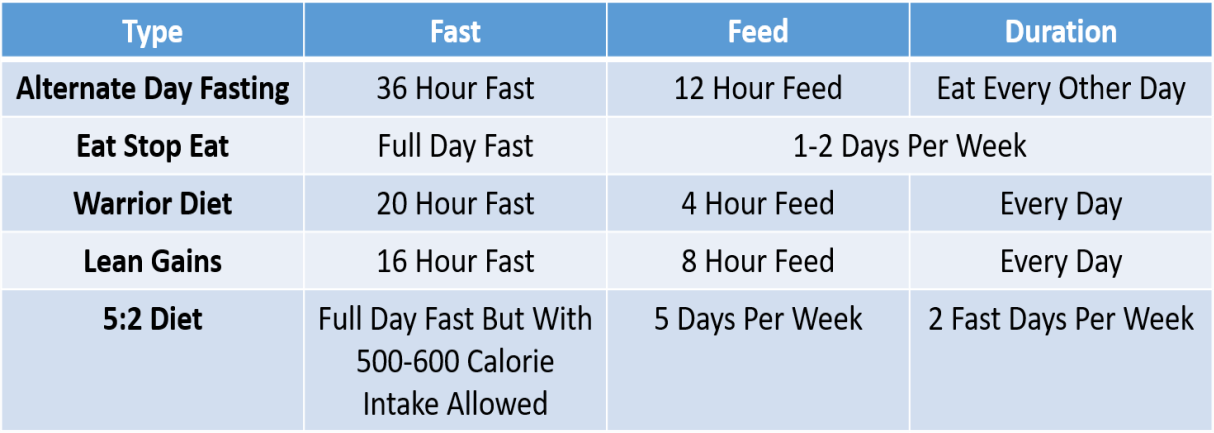Ms. Deepti Khatuja Head Nutritionist Fortis memorial research institute Gurgaon
In Today’s time, Obesity is the biggest health concern all over and recent studies have reported that globally, more than 1.9 billion adults are overweight and 650 million are obese. Due to the consumption of energy-dense food (i.e. unhealthy food habits), sedentary life style, developing countries are facing a high risk of obesity and their adverse consequences (i.e. diabetes, ischemic heart disease, etc). In India, more than 135 million individuals were affected by obesity.
According to ICMR-INDIAB study 2015, the prevalence rate of obesity and central obesity are varies from 11.8% to 31.3% and 16.9%-36.3% respectively. In India, abdominal obesity is one of the major risk factors for cardiovascular disease (CVDs).
Nutritional status is frequently ignored in overweight and obese people till now, although simple methods like intermittent fasting can have favorable impact on weight loss. Fasting, called “the next big weight loss fad”, has long been integral to many religious and ethnic cultures.
It is well known that in humans, even a single fasting interval (e.g., overnight) can reduce basal concentrations of metabolic bio markers associated with chronic disease such as insulin and glucose.
Intermittent fasting is a form of time restricted eating (typically 16 h fasting and 8 h eating), which has gained popularity in recent years and shows promise as a possible new paradigm in the approach to weight loss and the reduction of inflammation, and has many potential long term health benefits.
Common forms of IF include fasting for up to 24 hours once or twice a week (as per different religion beliefs) with ad libitum (ad lib) food intake for the remaining days, which is known as periodic prolonged fasting (PF) or intermittent calorie restriction (ICR), time-restricted feeding (TRF), such as eating for only 8 hours then fasting for the other 16 hours of the day; and alternate-day fasting (ADF). Most ADF programs involve alternating feast (ad lib intake) and fast days (≤25% of energy needs) with some protocols allowing no caloric intake on fast days.

Most human IF studies result in minimal weight loss and marginal improvements in metabolic biomarkers, though outcomes vary. Some animal models have found that IF reduces oxidative stress, improves cognition and delays aging. Additionally, IF has anti-inflammatory effects, promotes autophagy, and benefits the gut micro biome. The benefit-to-harm ratio varies by model, IF protocol, age at initiation, and duration.
During fasting several things happen in your body on the cellular and molecular level. Body adjusts hormone levels to make stored body fat more accessible. Cells also initiate important repair processes and change the expression of genes. The levels of growth hormone skyrocket, increasing as much as 5-fold. This has benefits for fat loss and muscle gain. Insulin sensitivity improves and levels of insulin drop dramatically. Lower insulin levels make stored body fat more accessible. When fasted, cells initiate cellular repair processes. This includes autophagy, where cells digest and remove old and dysfunctional proteins that build up inside cells. There are changes in the function of genes related to longevity and protection against disease. These changes in hormone levels, cell function and gene expression are responsible for the health benefits of intermittent fasting.
Fasting makes the body transition through four states: from the fed state or absorptive state or postprandial state, when the gastrointestinal tract is full and the primary fuel source is glucose and body fat storage is activated and lasting about 4h, to the early fasted state or post-absorptive state, happening a few hours after eating and lasting up to 12-18h, when glucagon is secreted stopping fat storage and the body instead uses liver glucose reserves as a fuel source to the fasted state transitioning progressively,to other reserves such as fat, lactate and alanine as a fuel source,)and when the liver glucose reserves are depleted after usually 12 to 36h of continued fast, the body enters the starvation state where only the other reserves are used as fuel, which represents a shift from preferential lipid synthesis and fat storage to the mobilization of fat in the form of free fatty acids then derived into fatty acid-derived ketones to provide energy to organs.
Hundreds of animal studies and scores of human clinical trials have shown that intermittent fasting can lead to improvements in health conditions such as obesity, diabetes, cardiovascular disease, cancers and neurological disorders. The evidence is less clear for lifespan effects. Human trials have mainly involved relatively short-term interventions and so have not provided evidence of long-term health effects, including effects on lifespan.
Intermittent fasting may affect several metabolic pathways in humans, such as the cardiovascular system by effecting blood pressure; and metabolic profiles by reducing lipid, glucose, insulin levels, decreasing advanced glycation end-products levels, enhancing autophagy,
increasing adiponectin. Intermittent fasting has potential cardiovascular health benefits. Fatty acids and ketones become the main energy fuel, because the body undergoes metabolic switching of glucose-ketone (G-to- K). By affecting the biochemical transformations of lipids, it decreases body mass and has a positive influence on lipid profile parameters—it reduces the concentration of total cholesterol, triglycerides, and LDL cholesterol.
The beneficial effect of the diet was observed in the prevention of hypertension. The intermittent fasting diet causes an increase of BDNF (Brain-Derived Neurotropic Factor), which results in lowering the systolic and diastolic blood pressure by activating the parasympathetic system.
The positive effect of the IF diet has also been documented in obese and diabetic people. The reduced amount of food consumed when using the IF diet results in a decrease in body weight. It also improves glucose metabolism and increases the sensitivity of tissues to insulin by increasing the B cells of the pancreatic islets. The IF diet also limits cardiac hypertrophy.
Mary-Catherine Stockman in her review article summarized the potential benefits of IF on glucose metabolism ad insulin sensitivity, cardiovascular effects and other beneficial effects of IF. However according to her the clinical implications of these finding will have to be evaluated. Research is not robust enough to suggest that healthcare professionals should be recommending IF to patients as standard practice. It is unknown which individuals would most benefit from IF and which form of IF is most effective. It is anticipated that IF would most benefit motivated individuals who are able to avoid overeating following fasting
It is recommended that intermittent fasting be considered as an alternative to daily caloric restriction for individuals who are interested in improving body composition and overall health. It is important, however, to consider the current limitations of intermittent fasting research and the unequal amount of information available on each style of intermittent fasting. Additionally, medical supervision is always recommended for individuals who participate in a weight-loss program. There are numerous opportunities for continued research in the area of intermittent fasting, and future studies should help fill many of the gaps in the current knowledge, particularly regarding optimal intermittent fasting regimens.








